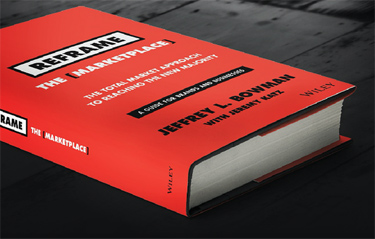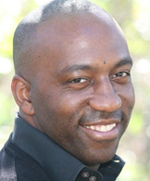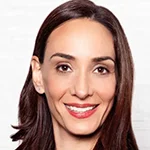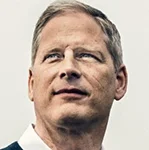The globe continues to undergo a profound transformation demographically while the U.S. is getting grayer—as baby boomers start to enter their Golden Years—and much more ethnically diverse.
Between 2000 and 2050, for example, the number of Asians is expected to grow by 23.7 million persons, an increase of 220percent, while the number in the “all other races” (which includes persons who identify with two or more races) category will increase by almost 15.8 million, or 223 percent, according to the Congressional Research Service.
A growing number of brands and organizations now have diversity and inclusion divisions. But many of these departments tend to be standalone, as opposed to enterprise-wide.
What changing demographics hold in store for brands was the topic of discussion earlier this week at Reframe: The Summit. It was the third annual Total Market Industry Conference.
|
|
McKinsey in the 1960s coined the term “Total Market.” In 2010, the term was re-introduced, along with a disciplined approach to “Total Market Enterprise transformation,” by Jeffrey Bowman, author, founder and chairman of Reframe: The Brand, a platform dedicated to preparing executives for what the organization calls the “New Majority.”
In order to succeed in the future, companies have to approach the market as a multicultural world, rather than cater to multicultural consumers individually and put them in a separate bucket. There’s a distinction, and if PR pros want to enhance their value they can help the C-suite strategize when it comes to dealing with rapidly changing demographics.
“PR can help redesign the structure” of brands, said Bowman, former senior partner and managing director at Ogilvy & Mather. He added: “It’s not having a ‘multicultural’ unit with its own messaging. It’s your brand talking to different people versus going back to the tried-and-true content. Having diversity in content means covering things that may not be convenient for you, and you need to break old habits.”
Bowman stressed that brands will be ill prepared for the future if they continue to have a “multicultural” PR firm. Multiculturalism “is your business,” he said. “It’s not one or the other.”
During a panel discussion focusing on Total Market Enterprise, several executives shared their thoughts on how companies can shift their thinking and understand how diversity is changing the marketplace—and their customers.
Here are some excerpts:
“We’re all mixed. Culturally, there are artificial barriers that affect how [marketing and communications] agencies work. There’s so much of a blend of cultures that we need to go to Total Market.”
–Cesar Melgoza, founder and chief executive officer of Geoscape
“Demographic categories have already started to blend; names and addresses may not indicate ethnicity. Companies, brands and agencies that can connect will win. It’s not necessarily targeting Hispanics and translating content. It’s much more complicated. As we get to be a multicultural world, there has to be a blend of where one group starts and one begins.”
–Lucida Plummer, VP, diversity & inclusion at Wyndham Worldwide
“Data helps and can show the readiness of the organization. [Data] can be particularly helpful for middle management, which is sandwiched between the vision of [senior managers] and the reality of making it happen.”
–Chris Quinn, founder of Imprint Learning Solutions




 Abandon traditional content plans focused on a linear buyer progression and instead embrace a consumer journey where no matter which direction they travel, they get what they need, stressed marketing pro Ashley Faus during O'Dwyer's webinar Apr. 2.
Abandon traditional content plans focused on a linear buyer progression and instead embrace a consumer journey where no matter which direction they travel, they get what they need, stressed marketing pro Ashley Faus during O'Dwyer's webinar Apr. 2. Freelance marketers and the companies that hire them are both satisfied with the current work arrangements they have and anticipate the volume of freelance opportunities to increase in the future, according to new data on the growing freelance marketing economy.
Freelance marketers and the companies that hire them are both satisfied with the current work arrangements they have and anticipate the volume of freelance opportunities to increase in the future, according to new data on the growing freelance marketing economy. Home Depot's new attempt to occupy two market positions at once will require careful positioning strategy and execution to make it work.
Home Depot's new attempt to occupy two market positions at once will require careful positioning strategy and execution to make it work. Verizon snags Peloton Interactive chief marketing officer Leslie Berland as its new CMO, effective Jan. 9. Berland succeeds Diego Scotti, who left Verizon earlier this year.
Verizon snags Peloton Interactive chief marketing officer Leslie Berland as its new CMO, effective Jan. 9. Berland succeeds Diego Scotti, who left Verizon earlier this year.  Norm de Greve, who has been CMO at CVS Health since 2015, is taking the top marketing job at General Motors, effective July 31.
Norm de Greve, who has been CMO at CVS Health since 2015, is taking the top marketing job at General Motors, effective July 31.


 Have a comment? Send it to
Have a comment? Send it to 
No comments have been submitted for this story yet.